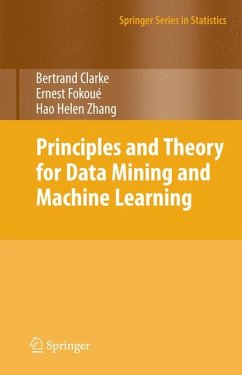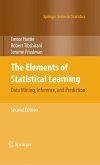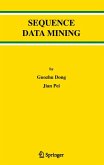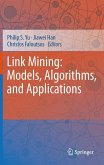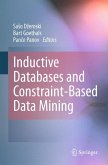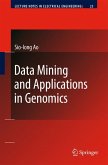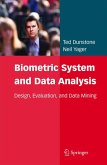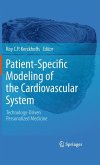Intended primarily as a graduate level textbook for statistics, computer science, and electrical engineering students, this book assumes only a strong foundation in undergraduate statistics and mathematics, and facility with using R packages. The text has a wide variety of problems, many of an exploratory nature. There are numerous computed examples, complete with code, so that further computations can be carried out readily. The book also serves as a handbook for researchers who want a conceptual overview of the central topics in data mining and machine learning.
Bertrand Clarke is a Professor of Statistics in the Department of Medicine, Department of Epidemiology and Public Health, and the Center for Computational Sciences at the University of Miami. He has been on the Editorial Board of the Journal of the American Statistical Association, the Journal of Statistical Planning and Inference, and Statistical Papers. He is co-winner, with Andrew Barron, of the 1990 Browder J. Thompson Prize from the Institute of Electrical and Electronic Engineers.
Ernest Fokoue is an Assistant Professor of Statistics at Kettering University. He hasalso taught at Ohio State University and been a long term visitor at the Statistical and Mathematical Sciences Institute where he was a Post-doctoral Research Fellow in the Data Mining and Machine Learning Program. In 2000, he was the winner of the Young Researcher Award from the International Association for Statistical Computing.
Hao Helen Zhang is an Associate Professor of Statistics in the Department of Statistics at North Carolina State University. For 2003-2004, she was a Research Fellow at SAMSI and in 2007, she won a Faculty Early Career Development Award from the National Science Foundation. She is on the Editorial Board of the Journal of the American Statistical Association and Biometrics.
Dieser Download kann aus rechtlichen Gründen nur mit Rechnungsadresse in A, B, BG, CY, CZ, D, DK, EW, E, FIN, F, GR, HR, H, IRL, I, LT, L, LR, M, NL, PL, P, R, S, SLO, SK ausgeliefert werden.
Hinweis: Dieser Artikel kann nur an eine deutsche Lieferadresse ausgeliefert werden.
"PhD level students, and researchers and practitioners in statistical learning and machine learning. ... text assumes a thorough training in undergraduate statistics and mathematics. Computed examples that include R code are scattered through the text. There are numerous exercises, many with commentary that sets out guidelines for exploration. ... The over-riding reason for staying with the independent, symmetric unimodal error model is surely that no one book can cover everything! Within these bounds, this book gives a careful treatment that is encyclopedic in its scope." (John H. Maindonald, International Statistical Review, Vol. 79 (1), 2011)
"It is an appropriate textbook for a PhD level course and can also be used as a reference or for independent reading. ... an excellent resource for researchers and students interested in DMML. ... the authors have done an outstanding job of covering important topics and providing relevant statistical theory and computational resources. I can see myself teaching a statistical learning class using this book and comfortably recommend it to any researcher with a solid mathematical background who wants to be engaged in this field." (Jeongyoun Ahn, Journal of the American Statistical Association, Vol. 106 (493), March, 2011)
"This book provides an encyclopedic monograph on this field from a statistical point of view. ... A salient feature of this book is its coverage of theoretical aspects of DMML techniques. ... Additionally, plenty of exercises and computational examples with R codes are provided to help one brush up on the technical content of the text." (Kazuho Watanabe, Mathematical Reviews, Issue 2012 i)

